Halfway through our summer break, the weather, wind and tides finally lined up so that we could head out on the water. We loaded up the kayaks and drove around the bay to Purau Bay where we were able to take advantage of the boat ramp to easily launch without having to worry too much about being back whilst the tide was high.
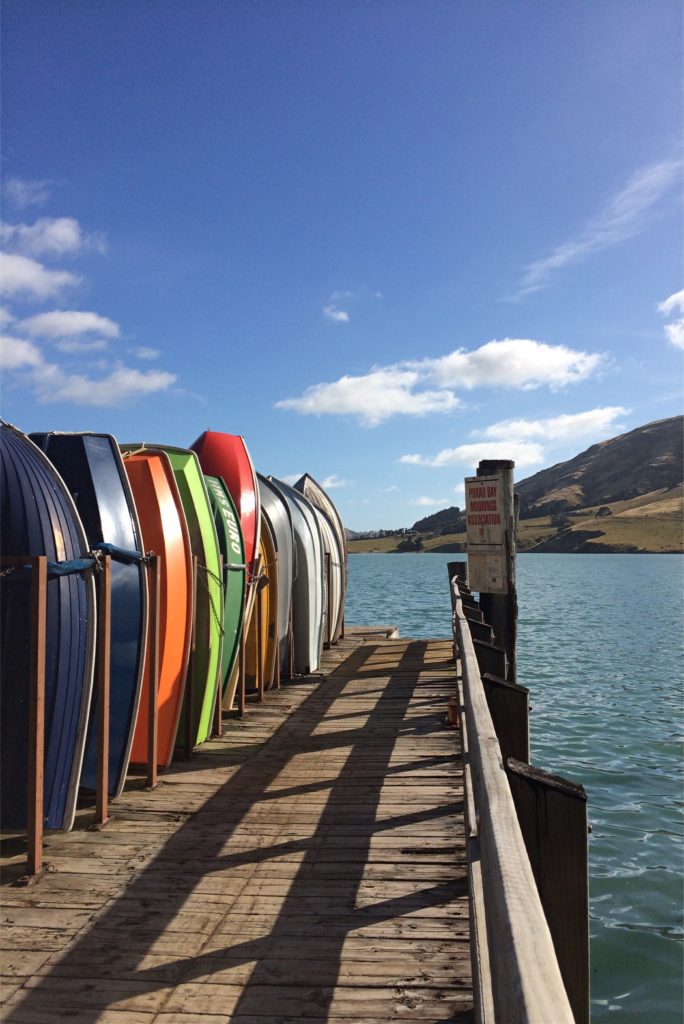
Purau Bay marks the end of the paved road around the harbour and is a lovely secluded bay just across from the port of Lyttelton. We wove our way through a large mooring field of all kinds of boats before following the coastline out towards our destination of Ripapa Island.
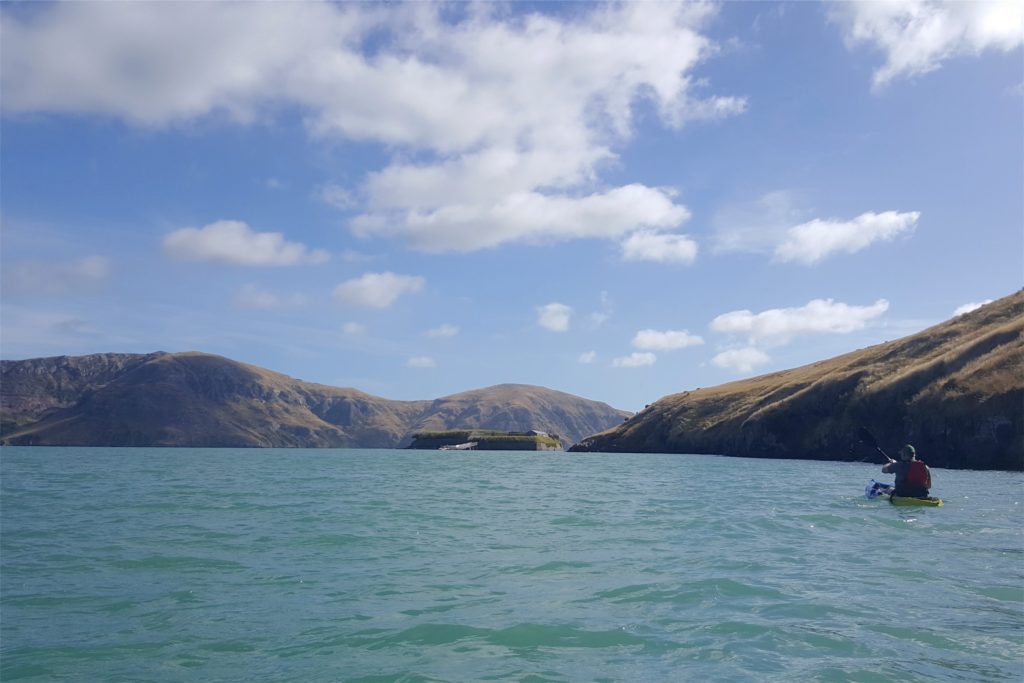
We had heard stories about Ripapa Island, but it had been closed since the earthquakes as some of the structures were unsafe, so we were excited to hear that the Department of Conservation opened the island again in November.
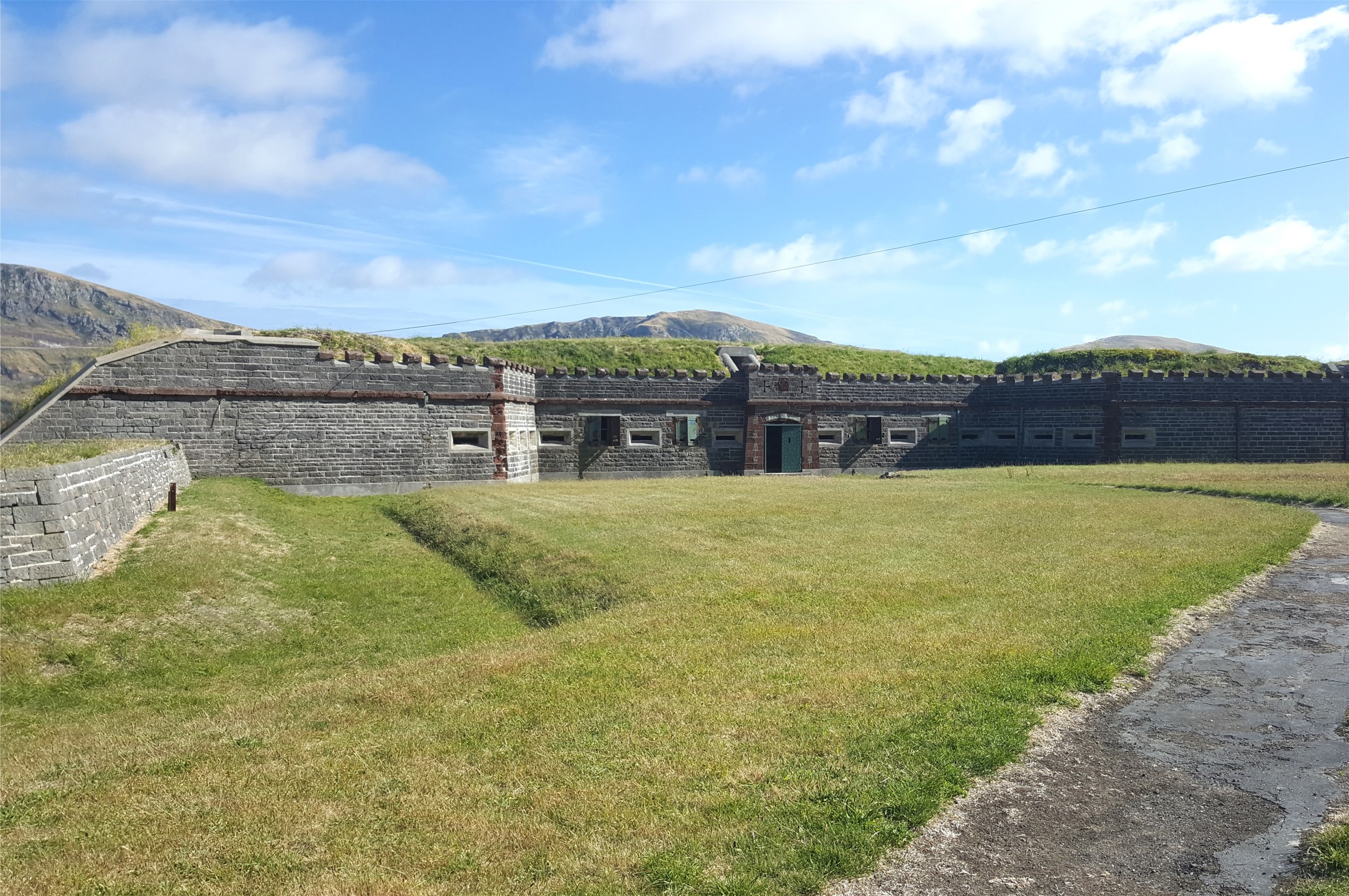
We reached the dock and were able to haul our kayaks out so that we could head ashore. The jetty led to a iron gate in the stone wall surrounding the island, after passing through the gate and the huge wooden doors behind it we found ourselves in the courtyard of Fort Jervois.

As we crossed the grass we were surprised to see that the courtyard was surrounded on two sides by fortified buildings built into the cliffs of the island. After stopping into the wooden barracks to read more about the history of the island we set about exploring.

As we ducked inside the entrance to the building, we found ourselves in a maze of tunnels and chambers. We took off exploring, finding ammunition stores, gated chambers and even gun emplacements.
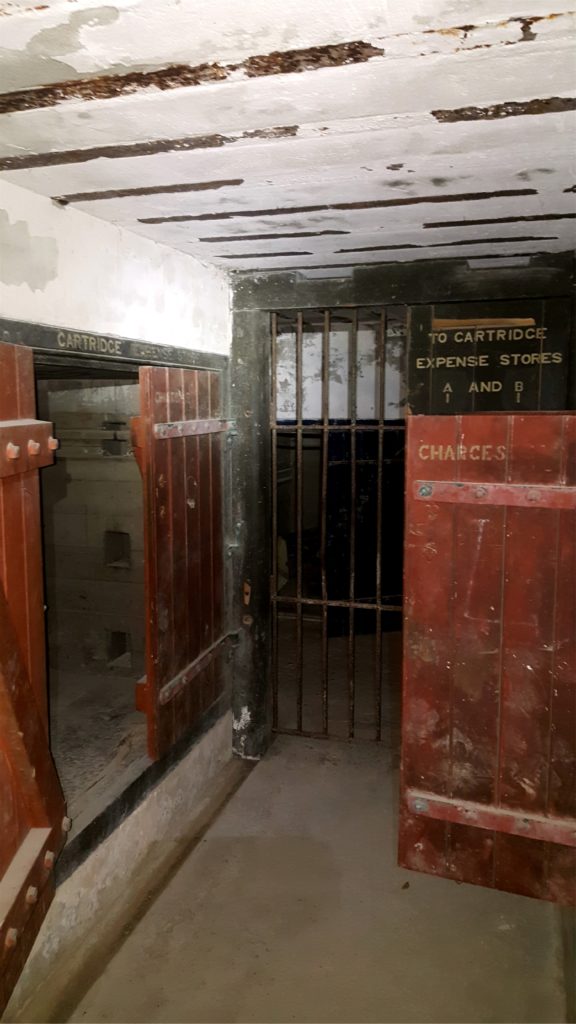
The majority of the buildings on Ripapa Island date back to 1886 when the walled fort was constructed to protect New Zealand from a perceived Russian invasion following the Crimean war. The fort was occupied by the New Zealand army until the first World War, when it was used both as a coastal defence but also to house prisoners.
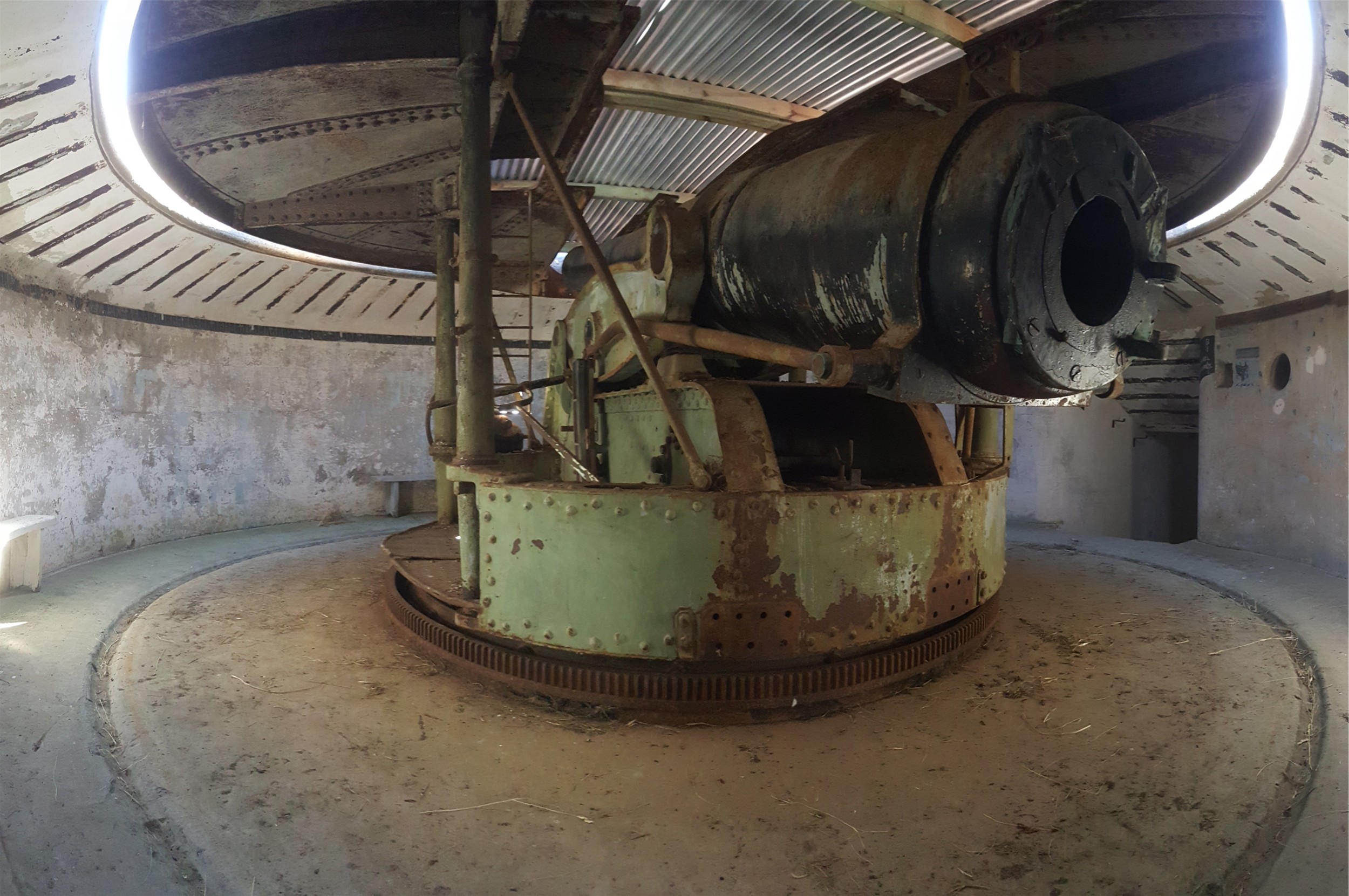
The fort still contains two large disappearing Armstrong guns, one of which is still in working order and one of only 12 left in the world. There are emplacements for a total of four guns, however at one time the guns were sold for scrap and a salvage company attempted to remove them. After partially removing two of the four guns they realised that it wasn’t worth the effort to remove them from the island and the salvage attempt was abandoned.

The fort was re-occupied during World War II and formed part of the harbour defences along with the installations at Goodley Head. Although most of the buildings and items on the island today relate to it’s use as a military post, the strategic location meant that the island has a longer history.
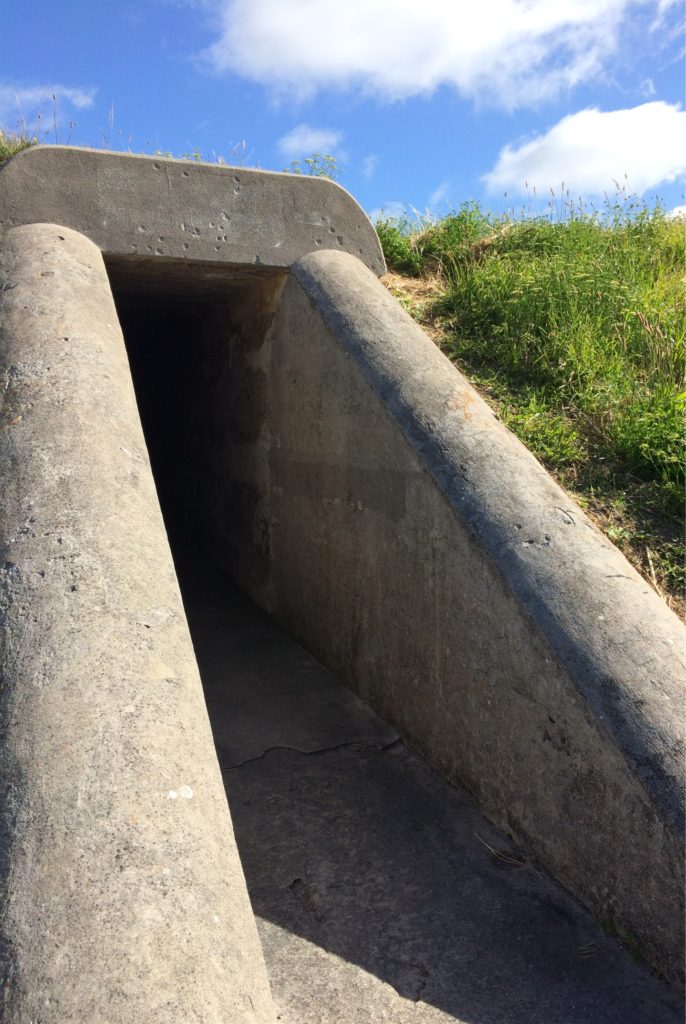
Between 1873 and 1885 the island was used as a quarantine station for ships arriving from Britain into the nearby port of Lyttelton. Some of the quarantine facilities were also used as a prison for a short time, although all the buildings were dismantled when the island was incorporated into the coastal defense scheme.

Originally Ripapa Island was used as a pā site, a Māori fortification. The fortifield pā was built on Ripapa Island in the early nineteenth century by Taununu, a Ngāi Tahu chief who had moved south to this area from Kaikōura, further up the coast.

From the top of the gun emplacements it was easy to see why this site had been chosen for a fort. We had an almost perfect view of the heads that mark the entrance to Lyttelton harbour.
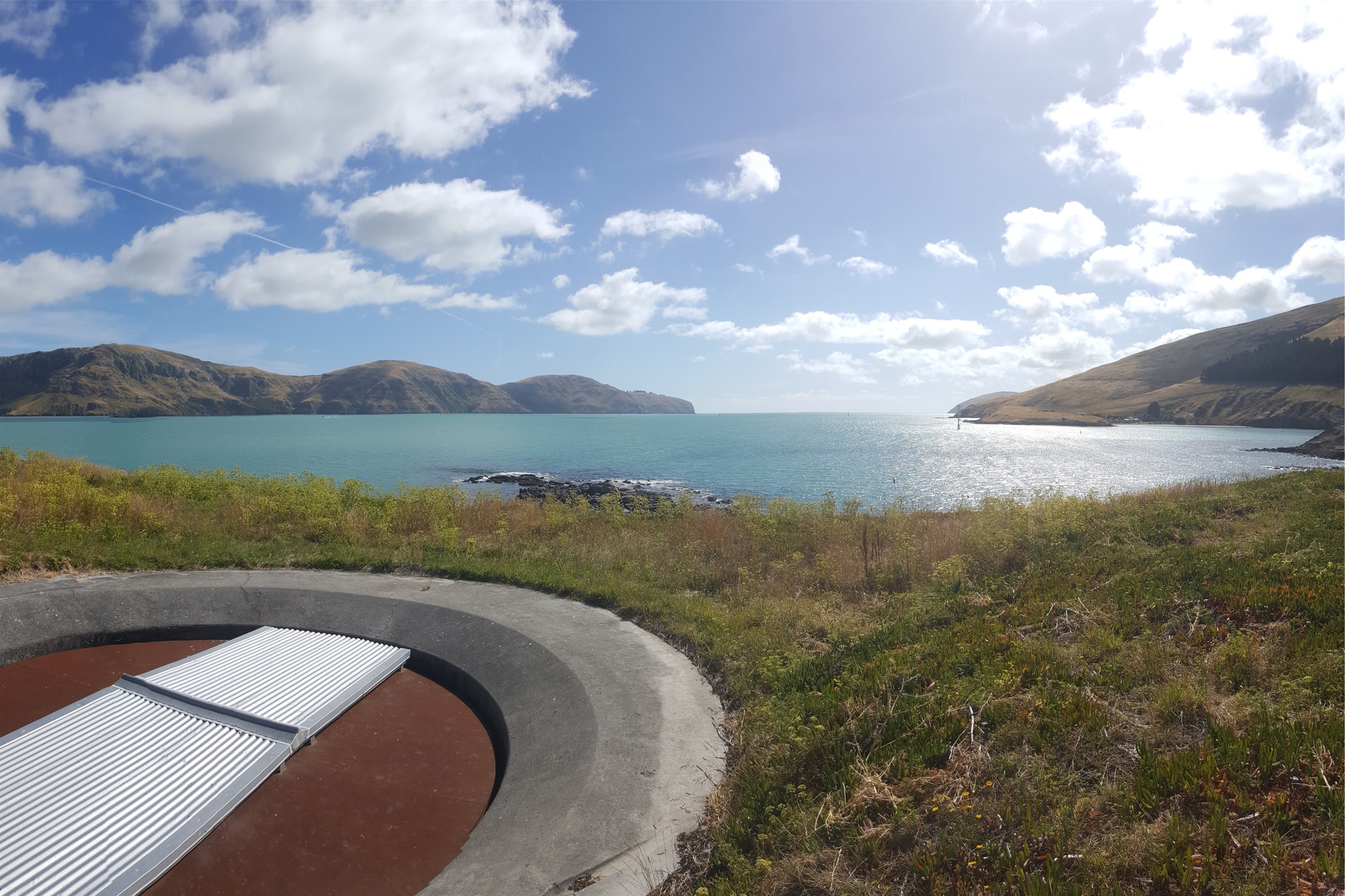
After winding our way back through the tunnels and down the ladders that accessed the upper sections of the fort, we made our way back towards the entrance, passing through the gates back onto the wharf.
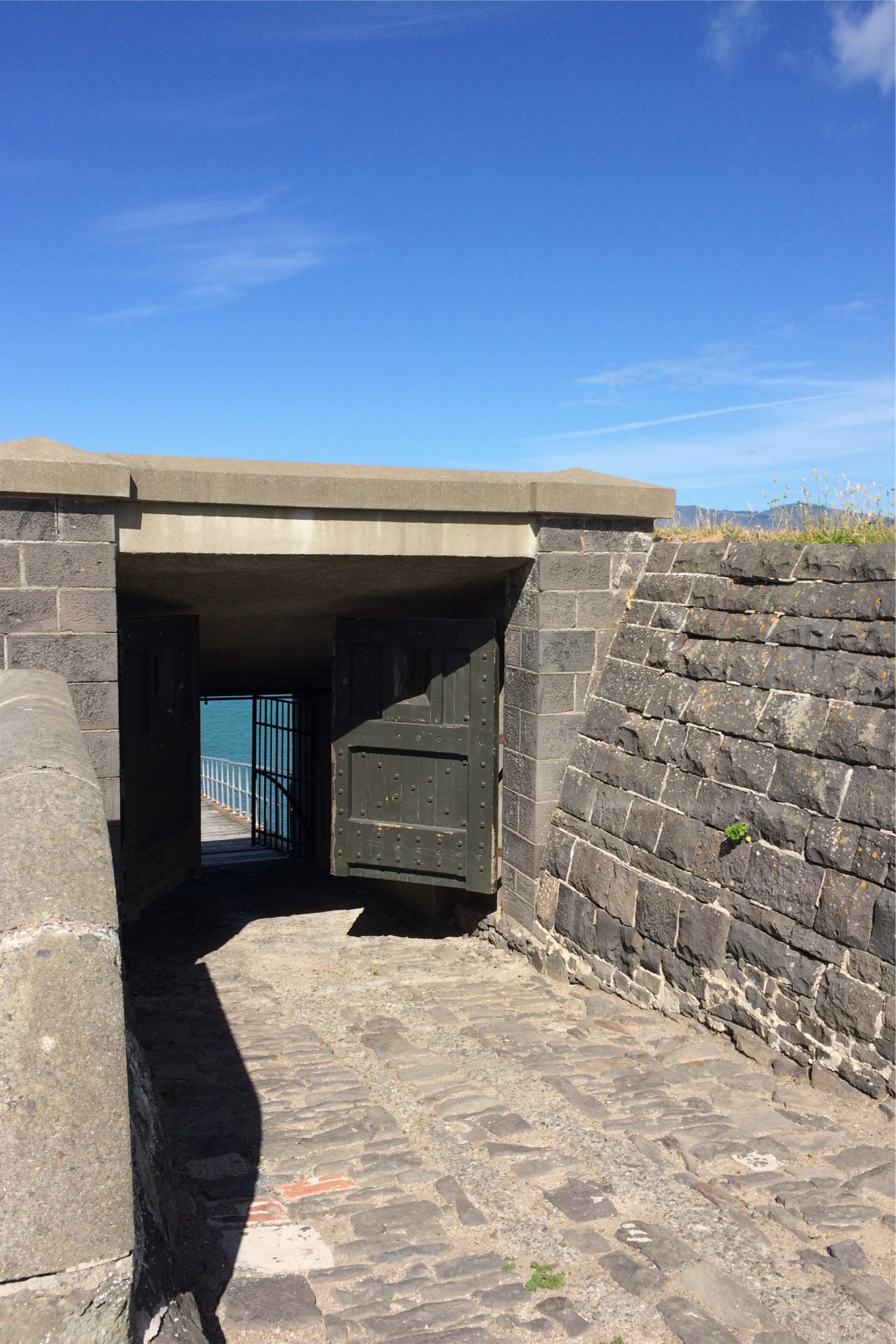
We launched the kayaks back into the water from the jetty and started our paddle back to Purau Bay. It had taken us longer than we expected to explore the island; as the island had only just opened back up to the public there was very little information about just how much there was to see and explore on the island.

Luckily the wind had stayed calm and we had a pleasant paddle back across the bay to the boat ramp. The trip made a great break from our house renovation projects and having the entire island to ourselves to explore made the adventure all the more fun.
